Home>Dining>Tableware>What Does “IS” On Silverware Stand For
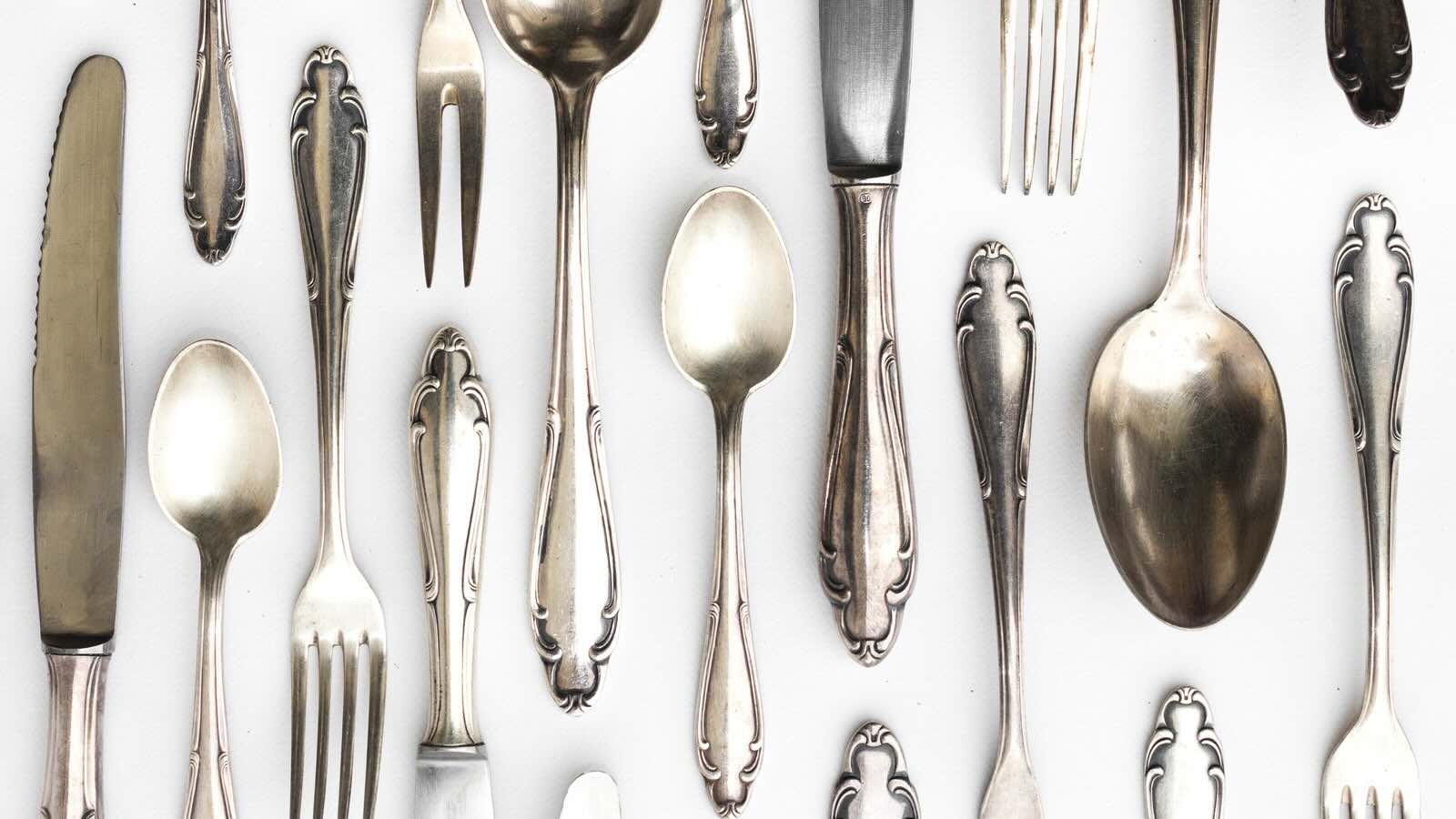

Tableware
What Does “IS” On Silverware Stand For
Modified: December 7, 2023
Discover the meaning of "IS" on silverware and its significance in tableware. Explore the origins and symbolism of this engraved marking on your utensils.
(Many of the links in this article redirect to a specific reviewed product. Your purchase of these products through affiliate links helps to generate commission for Storables.com, at no extra cost. Learn more)
Introduction
Welcome to the fascinating world of tableware! When it comes to dining and entertaining, the type of tableware you use can greatly enhance the overall experience. One common feature you may have noticed on your silverware is the marking “IS.” It may seem like a simple and insignificant detail, but it actually holds a deeper meaning and history.
In this article, we will dive into the origin and significance of the “IS” marking on silverware. We will explore its history, decoding its meaning, and uncovering the various types of silverware markings you may come across. So, let’s unravel the mystery behind the “IS” on your beloved silverware.
Key Takeaways:
- The “IS” marking on silverware stands for “International Silver,” a renowned company from the late 19th and early 20th centuries. It signifies quality craftsmanship and adds a touch of nostalgia to your dining experience.
- Silverware markings, such as “925” for sterling silver and manufacturer’s initials, reveal the origin and authenticity of your utensils. Each marking tells a unique story, adding depth and value to your collection.
Read more: What Does Television Stand For
Origin of Silverware
The use of tableware dates back centuries, with early civilizations using various materials like shells, wood, and stone to eat and serve food. However, the origins of silverware, specifically made from silver, can be traced back to ancient Greek and Roman civilizations.
During this time, silver was considered a precious metal and was often used to create intricate and ornate utensils. The affluent members of society would showcase their wealth and social status by using silver tableware during meals and festivities.
As civilizations evolved, so did their dining rituals and utensils. Silverware became more widely used, not only by the elite but also by the growing middle classes. This led to the establishment of silverware manufacturing industries, which produced a wide variety of utensils, including forks, spoons, and knives.
Today, silverware not only serves a functional purpose but also adds elegance and sophistication to dining experiences. The craftsmanship and design of silverware have evolved over the years, blending traditional techniques with contemporary styles.
Now, let’s explore the history of the “IS” marking on silverware and its significance in the world of tableware.
History of IS Marking
The history of the “IS” marking on silverware can be traced back to the late 19th century and early 20th century in the United States. During this time, the production and distribution of silverware were booming, with various manufacturers competing in the market.
To differentiate their products and establish their brand identity, silverware manufacturers started incorporating markings on their utensils. These markings often included the manufacturer’s initials or a specific logo or symbol. It was a way to signify the quality and authenticity of their silverware.
One of the most commonly used markings during this period was “IS.” The initials “IS” stand for “International Silver,” which was a prominent American silverware manufacturing company. Founded in 1898, International Silver quickly gained a reputation for producing high-quality silverware.
International Silver not only focused on producing exquisite silverware but also implemented innovative manufacturing techniques. They were at the forefront of adopting new technology and designs, making their products highly sought after.
Due to the popularity and influence of International Silver, other silverware manufacturers began using “IS” as well. It became a recognized symbol of quality craftsmanship and signaled that the silverware was produced by a reputable manufacturer.
Over time, the “IS” marking became synonymous with excellence in silverware production. Consumers would often look for this marking when purchasing silverware, knowing that it represented a reliable and trusted brand.
While International Silver played a significant role in popularizing the “IS” marking, it is important to note that other manufacturers may also use “IS” as their initials. Therefore, it is crucial to consider the specific context and history behind each silverware piece to determine its origin.
Now, let’s explore what the “IS” marking actually means on your silverware.
The “IS” on silverware stands for International Silver, a company that produced silver-plated and sterling silver flatware and hollowware.
Meaning of “IS” on Silverware
The “IS” marking on silverware has a dual meaning. On one hand, it represents the brand “International Silver,” which was a renowned silverware manufacturing company during the late 19th and early 20th centuries. On the other hand, it signifies the quality and craftsmanship associated with the silverware bearing this marking.
When you come across silverware with the “IS” marking, it indicates that the piece was either manufactured by International Silver or by another silverware producer using their initials.
While the specific manufacturer might not always be International Silver, the presence of the “IS” marking is a testament to the high standards of quality and authenticity that the brand stood for. It assures customers that the silverware is made with precision and attention to detail.
The “IS” marking also adds a sense of nostalgia, as it represents a time when silverware manufacturing was at its peak and craftsmanship was highly valued.
It is important to note that not all silverware will have the “IS” marking. There are various other markings that you may come across, such as the manufacturer’s name, the silver content (e.g., “925” for sterling silver), or a combination of letters and numbers that signify the specific manufacturer or pattern.
Now that we’ve explored the meaning of the “IS” marking, let’s delve into the different types of markings you might encounter on silverware.
Different Types of Silverware Markings
When it comes to silverware markings, there is a wide variety of symbols, letters, and numbers that you may come across. These markings provide valuable information about the silver content, manufacturer, pattern, and origin of the silverware.
Here are some common types of silverware markings you might encounter:
- 925: This marking indicates that the silverware is made of sterling silver, which is 92.5% pure silver. Sterling silver is a popular choice for silverware due to its durability and lustrous appearance.
- Hallmarks: Hallmarks are official marks or stamps that indicate the silver content and guarantee the quality and authenticity of silverware. Different countries have their own unique set of hallmarks, which can include symbols, initials, and numerical codes.
- Manufacturer’s Initials: Many silverware manufacturers would stamp their initials or company logo on their products. This served as a form of branding and identification. Examples include “IS” for International Silver, “WMF” for Württembergische Metallwarenfabrik, and “GORHAM” for Gorham Silver.
- Pattern Name: Some silverware may feature a pattern name, indicating the specific design or style of the utensil. This can add a touch of elegance and uniqueness to the silverware.
- Date Mark: In some cases, silverware may bear a date mark that indicates the year of manufacture. This can be helpful for collectors or individuals interested in tracking the history of their silverware.
It is important to note that silverware markings can vary depending on the time period, country of origin, and manufacturer. Therefore, it is essential to research and consult reference guides or collectors to decipher the specific markings on your silverware.
Now that we have explored the different types of silverware markings, let’s conclude our journey into the world of silverware.
Read more: What Does 100 Stamped On Silverware Mean
Conclusion
Tableware, including silverware, adds elegance and charm to our dining experiences. The marking “IS” on silverware holds significant historical and symbolic meaning. Originating from the renowned silverware manufacturing company International Silver, the “IS” marking represents not only the brand itself but also the commitment to quality and craftsmanship.
Whether your silverware bears the “IS” marking or another distinctive symbol, each marking tells a story about the silverware’s origin, manufacturer, and quality. Understanding these markings can provide insights into the history and value of your silverware collection.
In addition to the “IS” marking, silverware can feature various other markings, such as hallmarks, sterling silver marks, manufacturer’s initials, pattern names, and date marks. These markings play a crucial role in identifying the silver content, authenticity, and design of the silverware.
As you explore the world of silverware, it’s important to keep in mind that each piece has its own unique story to tell. Collectors and enthusiasts can delve deeper into researching and understanding the specific markings on their silverware to unveil the hidden narratives behind these cherished objects.
So, the next time you sit down for a meal and admire the beauty of your silverware, take a moment to appreciate the artistry and history embedded in those elegant utensils. The “IS” marking and other silverware markings offer us a glimpse into the past and a reminder of the timeless beauty that tableware can bring to our lives.
Happy dining and may your silverware continue to shine bright!
Frequently Asked Questions about What Does "IS" On Silverware Stand For
Was this page helpful?
At Storables.com, we guarantee accurate and reliable information. Our content, validated by Expert Board Contributors, is crafted following stringent Editorial Policies. We're committed to providing you with well-researched, expert-backed insights for all your informational needs.
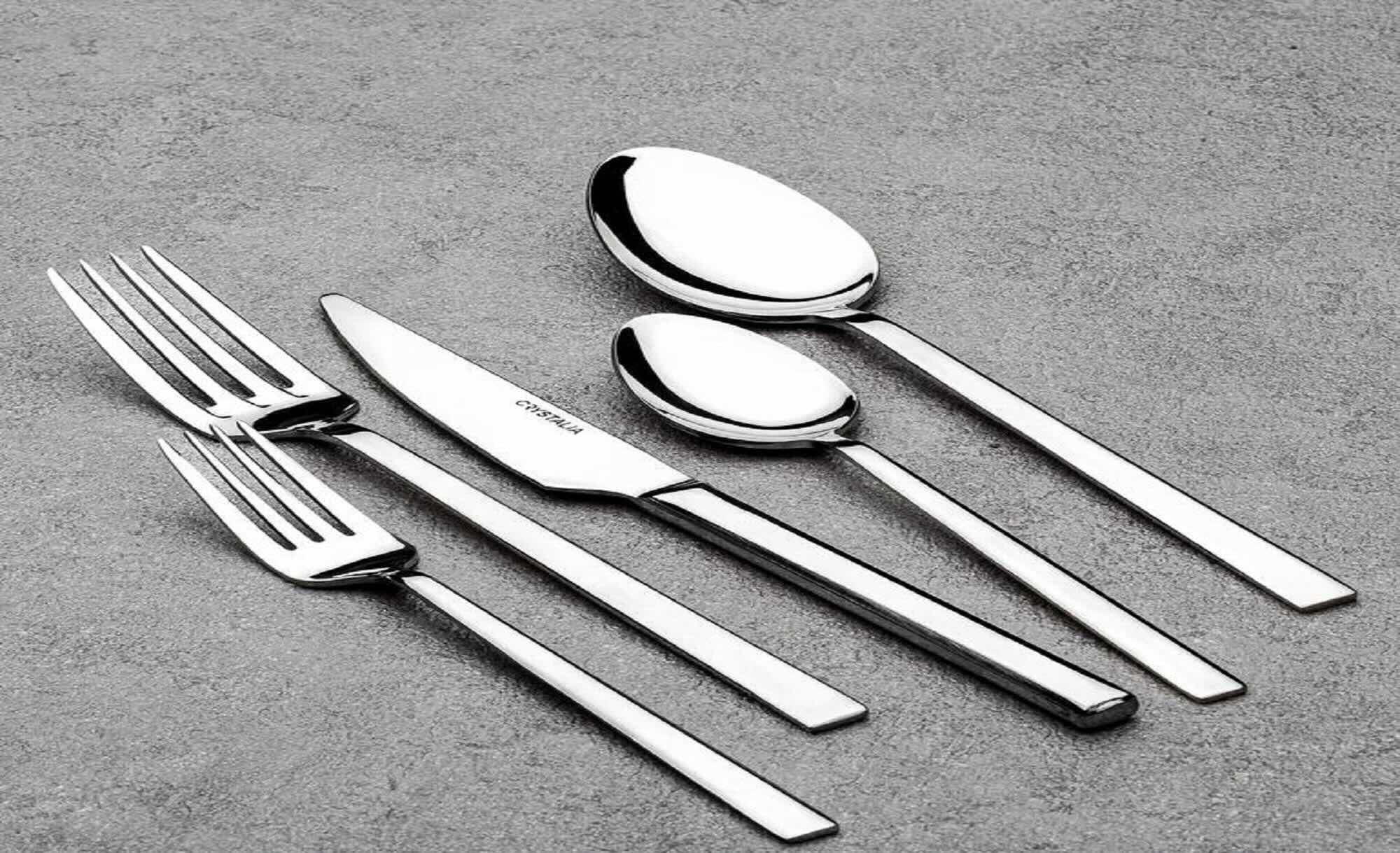


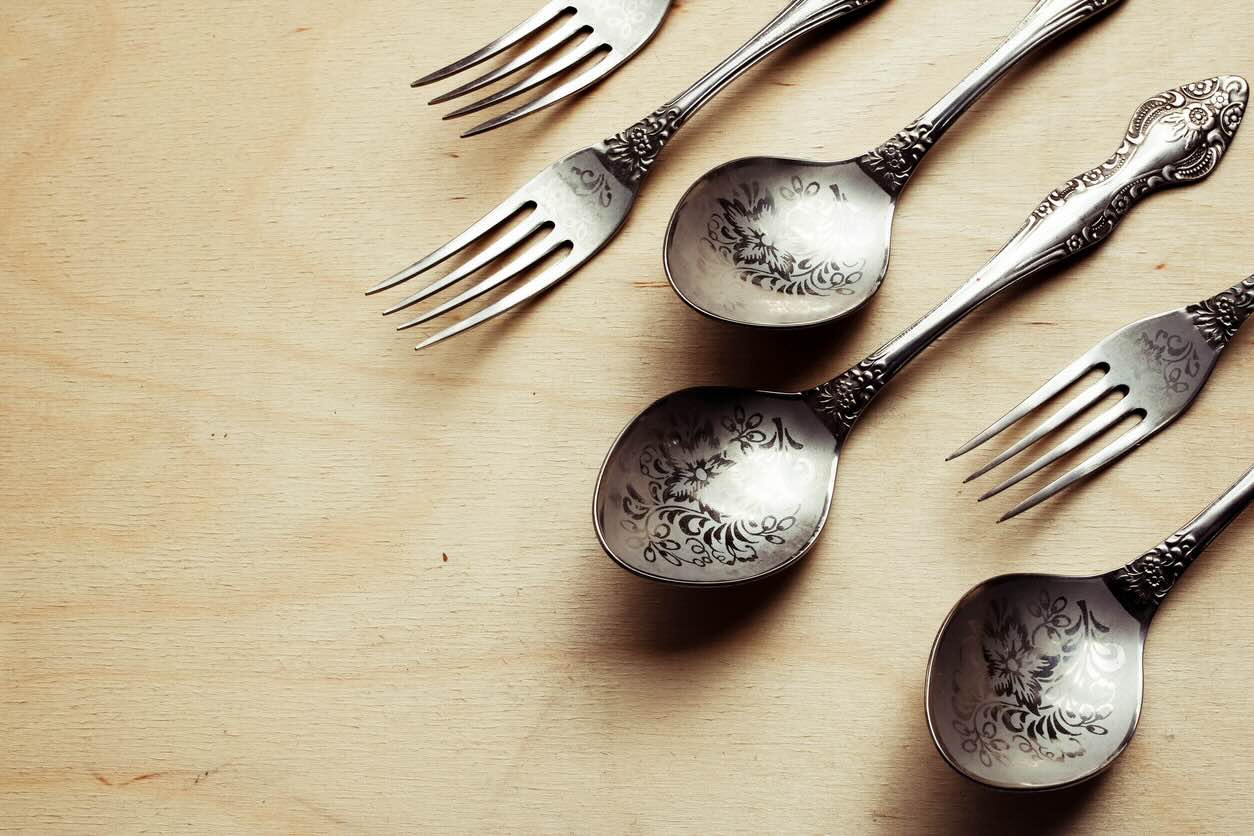







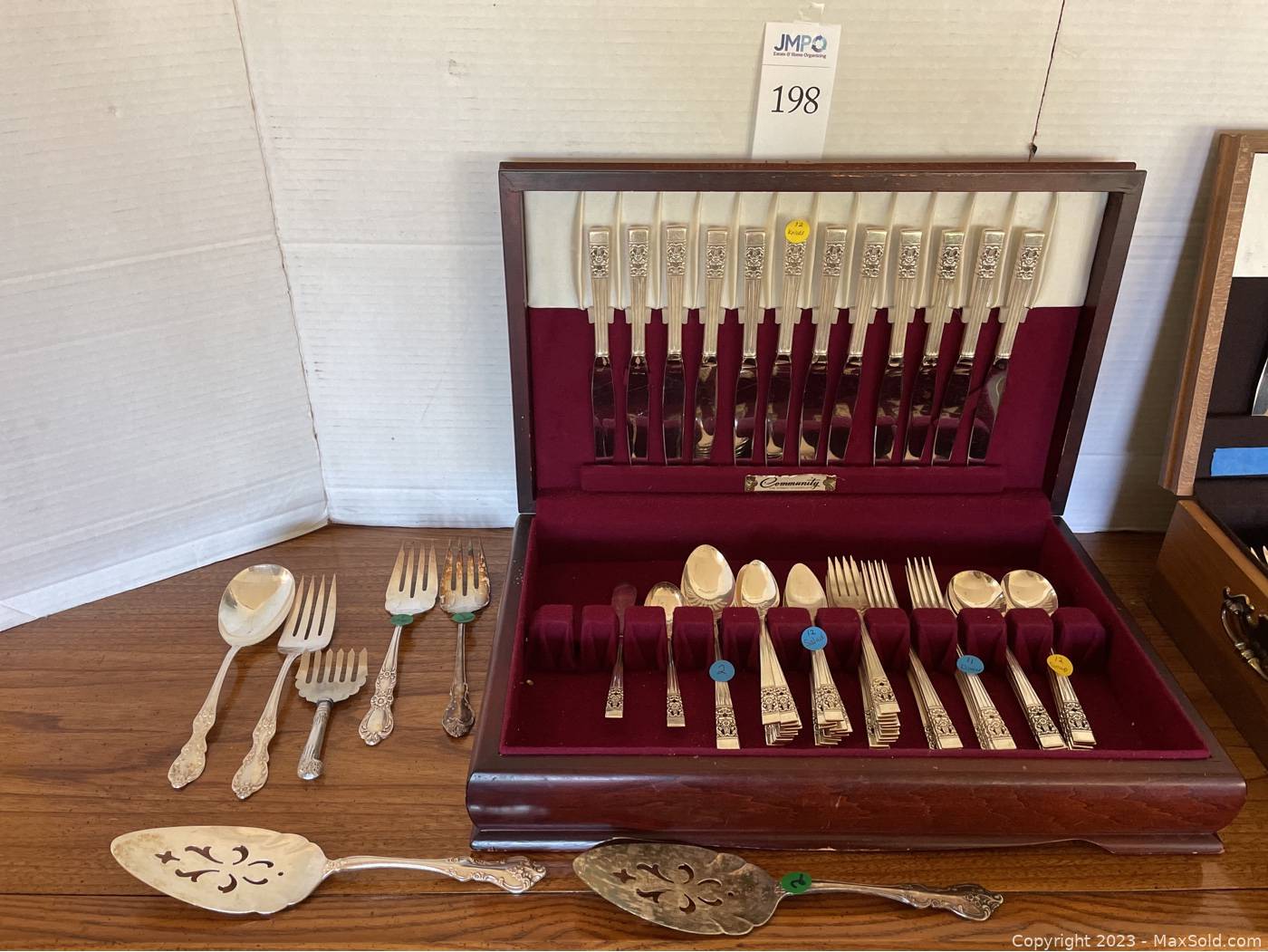
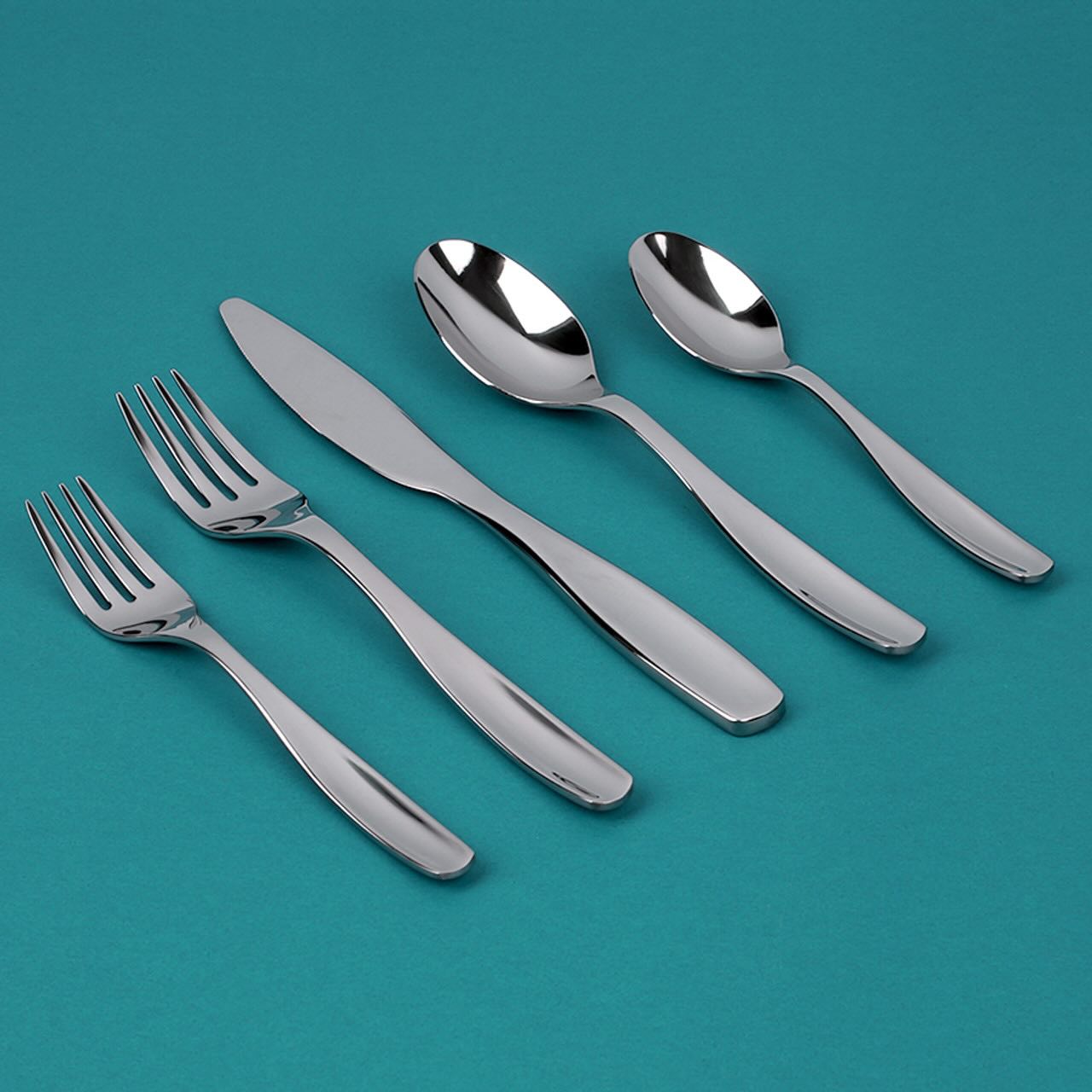
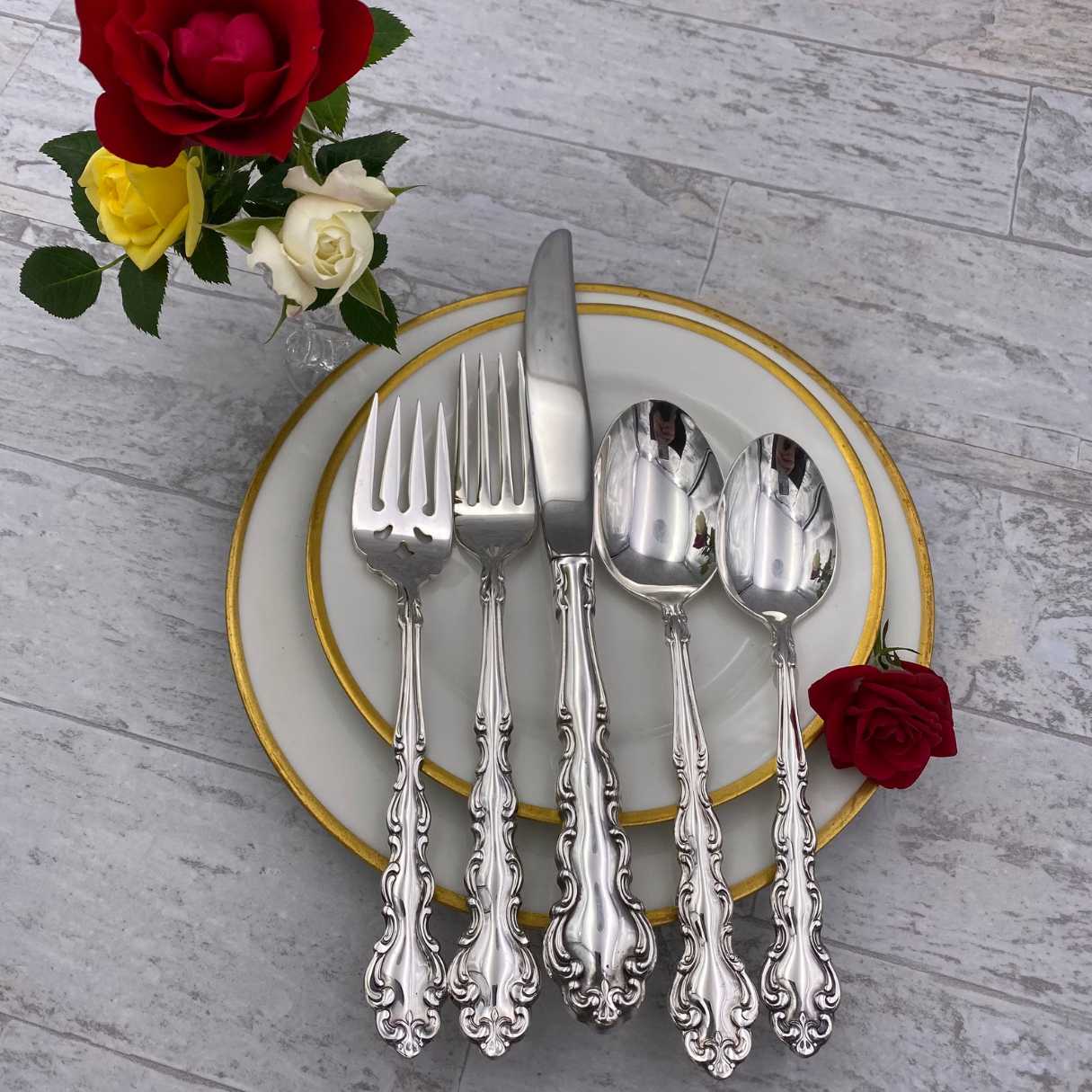

0 thoughts on “What Does “IS” On Silverware Stand For”